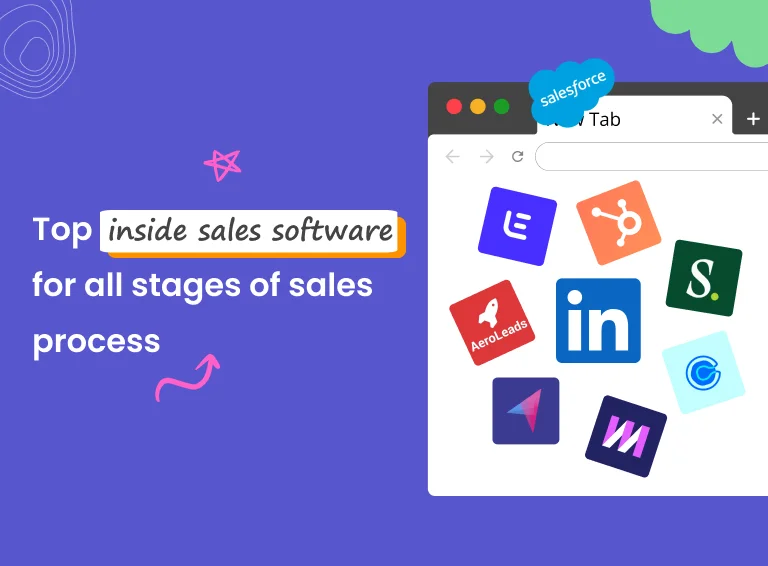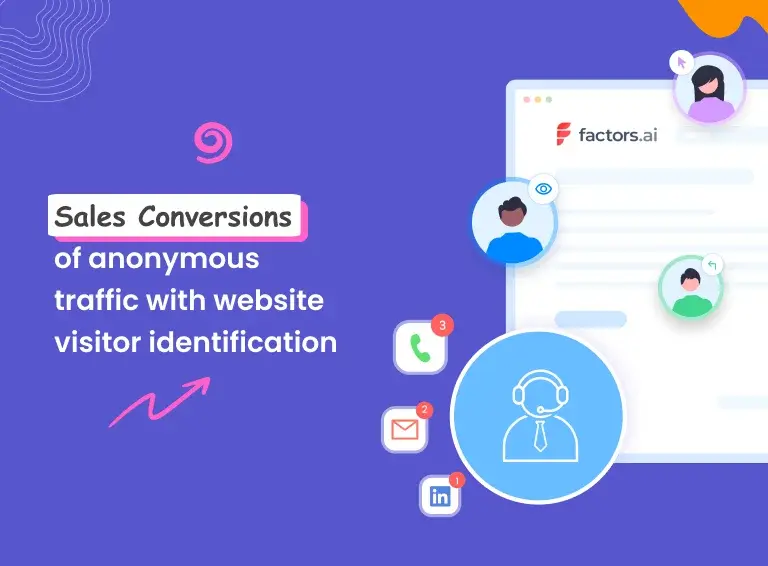Just starting out your career in sales? Welcome to the grind.
When you’re starting out, you’re full of enthusiasm and energy. Which is great, because sales need dedication, enthusiasm, and commitment. You’ve got the right mindset, and that’s half the battle right there.
But let’s be honest. There’s no institutionalized education for salespeople. While that can be helpful in some ways, the lack of structure can be difficult when you’re starting out. Add to this your own enthusiasm, and it may lead you to make a few mistakes.
So, we’ve got you covered. Here are five of the most common rookie SDR mistakes, and tips on how to overcome them.
1. Not Following Up
It’s easy to drop a prospect that isn’t responding to you. The sting of rejection hurts more, because you’ve put so much work into your outreach. Focusing on those that are interested and would move further in your pipeline seems like the right thing to do when you’re starting out, because this way, you can book more meetings.
But this is a big mistake. Consistent follow-ups do have long-term benefits in getting cold prospects into a pipeline. Nurturing cold prospects, while it lacks the instant gratification that hot prospects provide, will give you long-term benefits.
According to Brevet, it takes at least five follow-ups for a cold prospect to respond to your outreach. But consistently following up is hard. That’s why we think you should check out this article on how to write follow-up emails.
2. Only Following a Template
We get it. Calling or emailing someone cold can be difficult. It feels like an intrusion even though this is what is expected of you. So you prepare a template for your calls and emails, thinking that this will help you reach out better, and you just copy-and-paste it wherever necessary.
Here’s the truth though: this makes your outreach clinical. Detached. And worst of all, forgettable.
And here’s how you fix that: use the template as a reference for your outreach. Have a set of bulleted points that you want to cover during the call, and tailor it based on your research on the prospect. Most important of all, don’t forget to bring your personality, because that’s what will make you stand out, rather than a template.
3. Bringing a Pitch to the Disco
You’re on the discovery call, and the prospect seems pretty interested. While you have them on the phone, why not tell them what you’re selling anyway, right? You have everything ready anyway — two birds, one stone.
Well, not really. All that’s happening is that you’re overwhelming the prospect with features from a product that they’re not sure about. Disco calls are about finding the prospect’s use case and core motivations so that you can enhance their buying experience along the pipeline. This is for you to get as much information needed for your outreach.
And if you’re still lost, check out this article that details a step-by-step guide for discovery calls.
4. Quantity Over Quality
Burning through your prospect list feels great. Sending off those mails and making those calls are all things off your tasklist to help you focus on booking those meetings, after all.
But the issue lies right after — where will this prospect go in your pipeline? Simply ticking off a to-do list doesn’t mean a prospect will qualify for the next step.
Take a qualitative approach instead. Focus on tailoring your pitch for each prospect, and filter out prospects before booking meetings. Do your homework and find out who the decision-makers are. This will help you book meetings with the right prospects, instead of wasting time on a dead end.
Here are a few resources on how to filter out prospects.
5. Listening > Talking. Shh. Trust Us.
Sometimes it can feel that everything you do — the calls, the meetings, the emails — don’t shape into anything solid. That’s because you see all of it as transactional, instead of seeing your pipeline as the stepping stones towards the sale.
Your prospect is the center of your entire sale. Remember that. There’s a lot you have that you want to share with them, but it’s not a sale if you dump all this information on them at once. Doing the right things at the right time will help lead them further down the pipeline, and you need to know when the prospect is ready for that.
Think of everything you do in your pipeline as the bricks you’re laying for your prospect to walk into a sale, instead of a transaction by itself. As the master that’s orchestrating this, it’s important to listen to the prospect for cues and signs for when they’re ready for that next step and closer to closing.
For more, read this article on prospect cues.
It’s only natural to make mistakes. Sales need grit, and mistakes mean you’re trying instead of giving up. The movies don’t show it, but every great salesman has made mistakes to reach where he is now. So embrace your sales journey, and keep striving to do and be better as the days go by.





